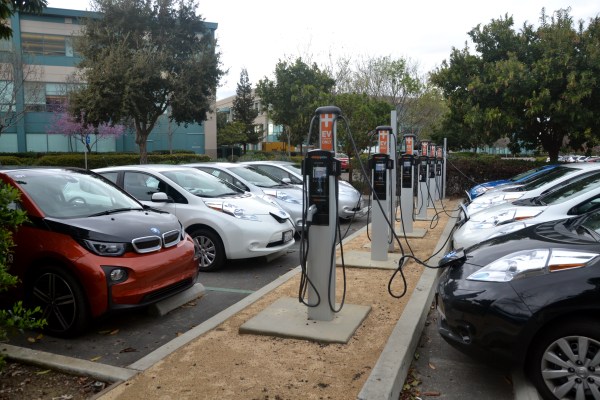Mitra Future Technologies, also known as Mitra Chem, has raised a $20 million Series A led by billionaire investor Chamath Palihapitiya’s Social Capital Holdings. The startup aims to boost the North American battery supply chain industry that’s currently dominated by China, by producing an iron-based cathode for non-Chinese applications.
Taiwanese billionaire Richard Tsai, Fontinalis Partners, Integrated Energy Materials and Earthshot Ventures also participated in the round. Palihapitiya and Will Drewery, who headed global supply management at Tesla and is currently VP of supply chain at launch company Astra, also joined the startup’s board of directors.
Iron-based battery chemistries in particular have predominated entirely in China, while nickel-based batteries have been more popular in the West, due to a series of key patents that gave Chinese firms exclusive rights to manufacture iron batteries. But as those patents are soon to expire, iron-based batteries have become an increasingly popular choice for automakers, including Tesla, which recently confirmed that the cheaper battery chemistry will come standard across all global Model 3 and Model Y models.
While automotive OEMs are embracing iron-based chemistries, China’s dominance poses a problem. “This is a huge Achilles’ heel,” Vivas Kumar, co-founder and CEO of Mitra Chem, told TechCrunch in a recent interview.
To fill this supply chain gap, the company is planning on manufacturing an iron-based cathode for application in non-Chinese batteries. To Kumar, who previously worked on the battery supply chain team at Tesla, the decision to go with iron isn’t merely an issue of geopolitics; it’s also a function of the growing market demand for EV batteries, particularly as automakers release EVs across a range of models and to fill a wider swath of consumer need.
“If you look at batteries as being the biggest part of the bill of materials of a vehicle, and also the part of the electric vehicle that defines the performance for the whole vehicle, it was only a matter of time before that differentiation by application needed to happen, where one-size-fits-all cathode solutions that are used in the market today just wouldn’t cut it,” he said.
He added that it also makes business sense to create a vertical supply chain hub here in the United States, particularly as more North American OEMs — including General Motors and Ford — announce domestic battery cell factories in partnership with battery manufacturers.
Mitra Chem is currently in the process of building a lab in Mountain View, California, that will be capable of producing pre-pilot production capacity by the middle of 2022. The company says it will employ a machine learning process, pioneered by co-founder and Stanford University materials science professor Will Chueh, to take the cathode from lab to production-scale faster than its competitors.
China is the largest player in the battery industry across all stages of the supply chain, from refining raw materials to manufacturing essential components to producing the final lithium-ion battery cell, according to industry intelligence firm Benchmark Mineral Intelligence.
China produces around 66% of the global production of components like cathodes and anodes, which Benchmark Mineral Intelligence called “the core building blocks of the lithium-ion battery.” The country also leads in the number of planned large-scale battery factories, with 148 of the 200 facilities planned through 2030 located there, Benchmark found.
Kumar likened the current situation with the battery supply chain to the United States’ historical position with regard to oil.
“We need to keep in mind that for 75 years, the United States was a net importer of oil, and that energy disadvantage had massive implications to the American consumer, and to our positioning against other sometimes hostile nations,” he said. “We see the same happening right now. […] Not having some semblance of a supply chain in North America, being 100% exposed to external parties — because there is zero cathode capacity in North America today — will leave us exposed in the same way that we have been exposed in the energy topic in the past.”
